As air pollution has become a major issue, it is important to have plants at home. Here’s some Indoor Plants Recommended By NASA which you should grow!
Adding a few houseplants to your home can actually make you feel better and less stressed. But can they really clean the air you breathe? A much-quoted NASA study from 1989 found that certain types of houseplants, including snake plant, peace lily and ficus, can improve air quality—in a small, closed chamber. Other studies have found that plants can remove harmful gases such as formaldehyde from indoor air.
English Ivy

English ivy is an evergreen perennial vine and is a super climber. It is useful for cleansing benzene and toluene. One research also indicated that English ivy could also reduce mold in the home.
Spider Plant
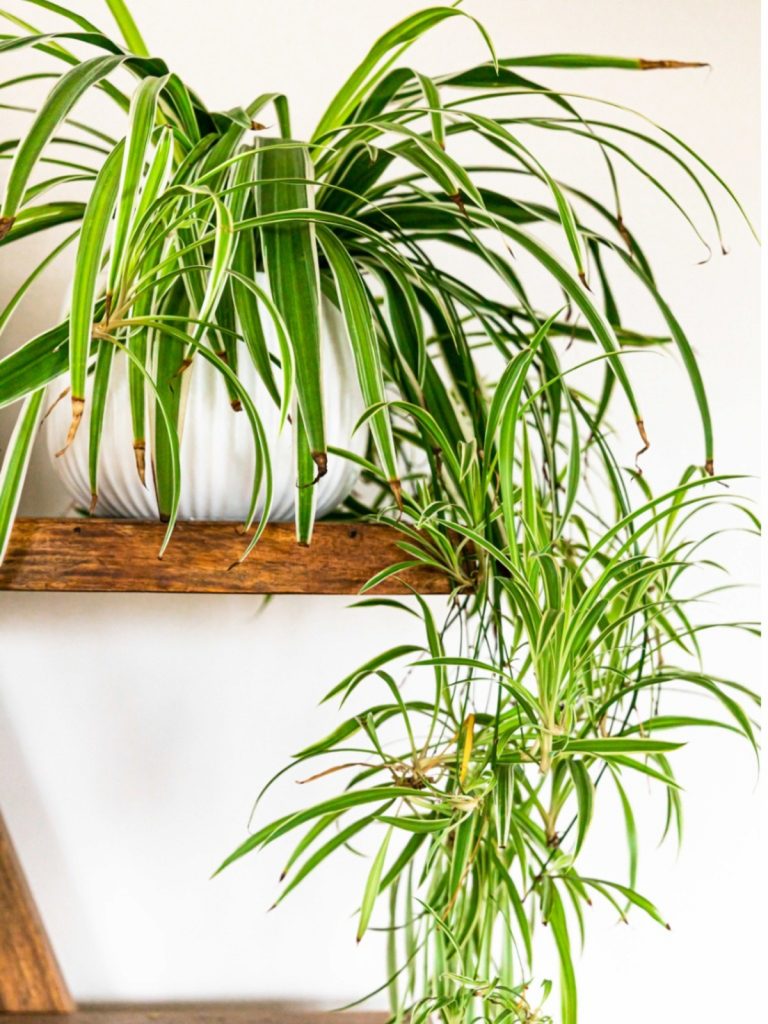
With spiderettes growing out from the mother plant, it makes it appear as baby spiders are dangling down from the pot! The Spider Plant is also useful in removing carbon monoxide, formaldehyde, xylene, and toluene.
Peace Lily
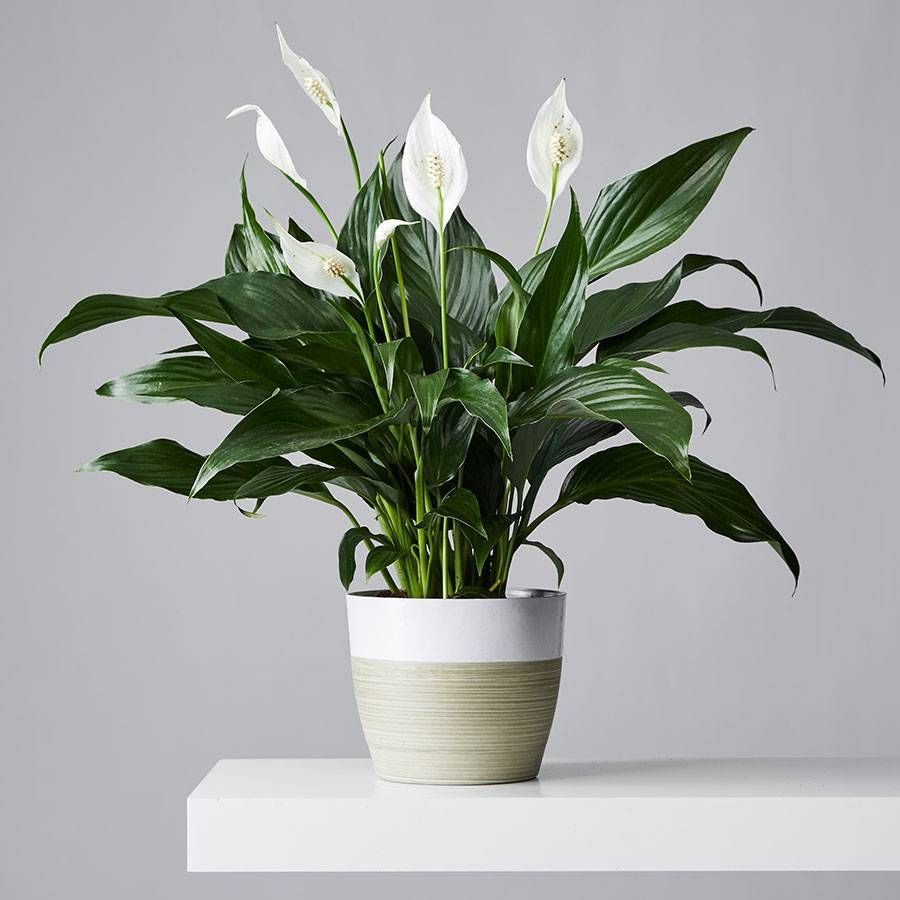
Peace lilies are amazing houseplants with big white bracts and glossy green leaves. They are easy to maintain and clean indoor air from xylene, benzene, formaldehyde, ammonia, and toluene.
Chinese Evergreen
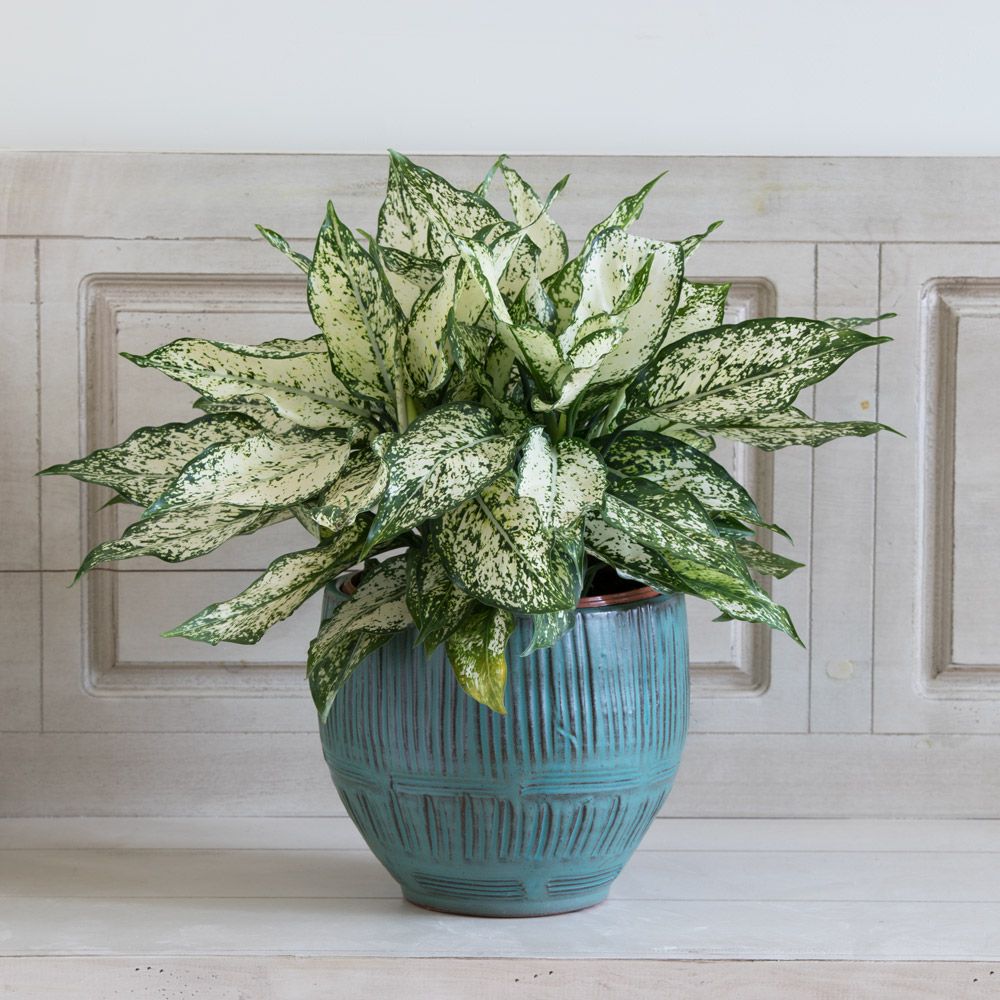
Even if you lack a green thumb, you will find growing Chinese evergreen super easy. Benzene and formaldehyde are toxins, which it devours from the air.
Bamboo Palm
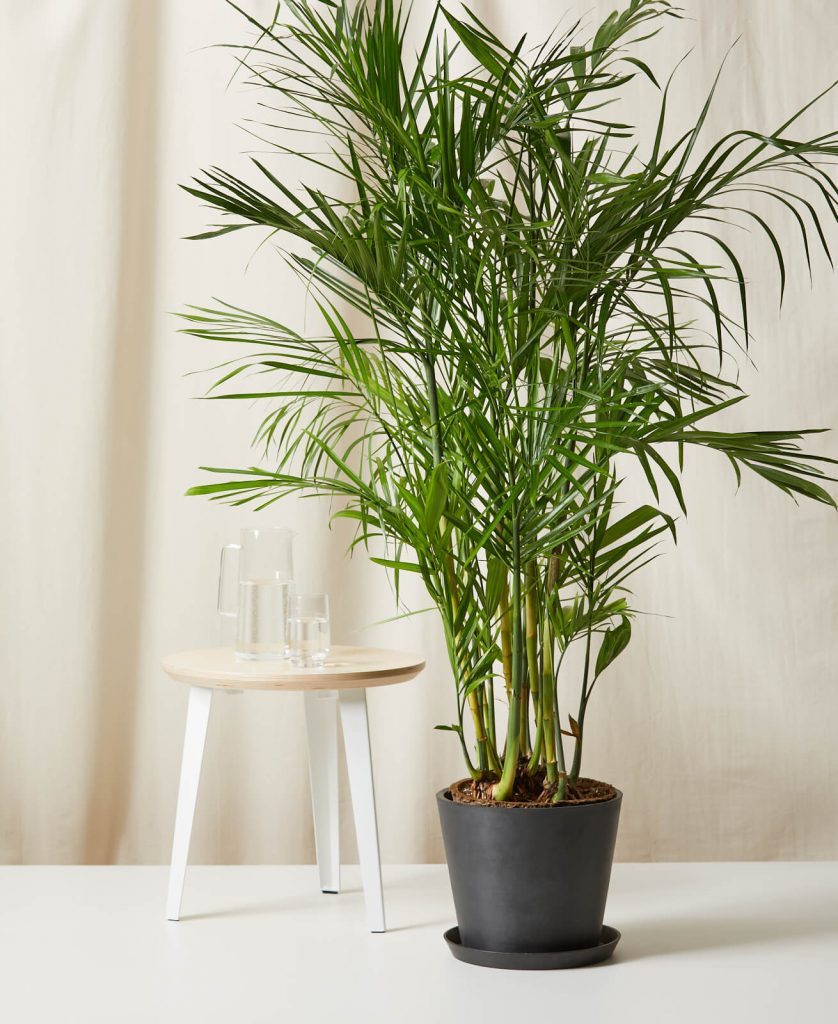
Among the many palm plants, the bamboo palm is most suited for low light conditions. It tops the list of Indoor Plants Recommended By NASA for filtering benzene and trichloroethylene.
Weeping Fig

The Weeping fig is one of the most popular indoor trees, cleaning out the pollutants from the air like formaldehyde and trichloroethylene. The research showed that the plant was capable of cleaning 80% of the formaldehyde within 4 hours.
Barberton Daisy
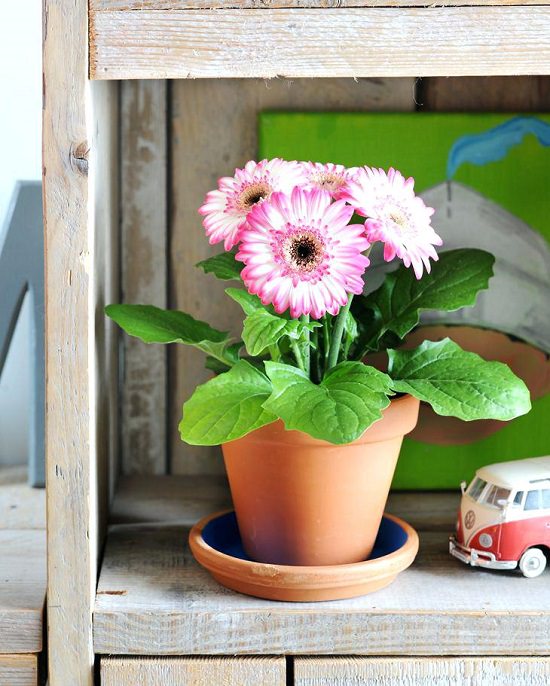
Barberton or Gerbera daisies are famous for producing large, bright, and colorful flowers. They remove chemical vapors of benzene, exposure to which is linked with leukemia.
Red-Edged Dracaena
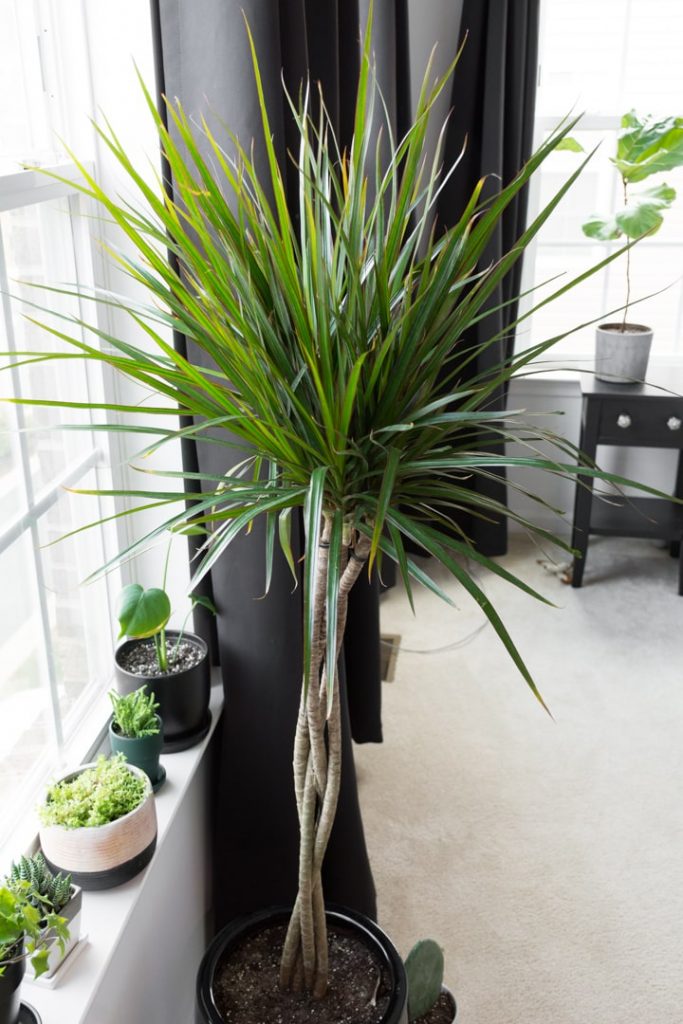
This easy to grow plant produces green sword-shaped leaves with red edges. Dracaena marginata is capable of removing pollutants like formaldehyde, benzene, trichloroethylene, and carbon dioxide.
Elephant Ear Philodendron
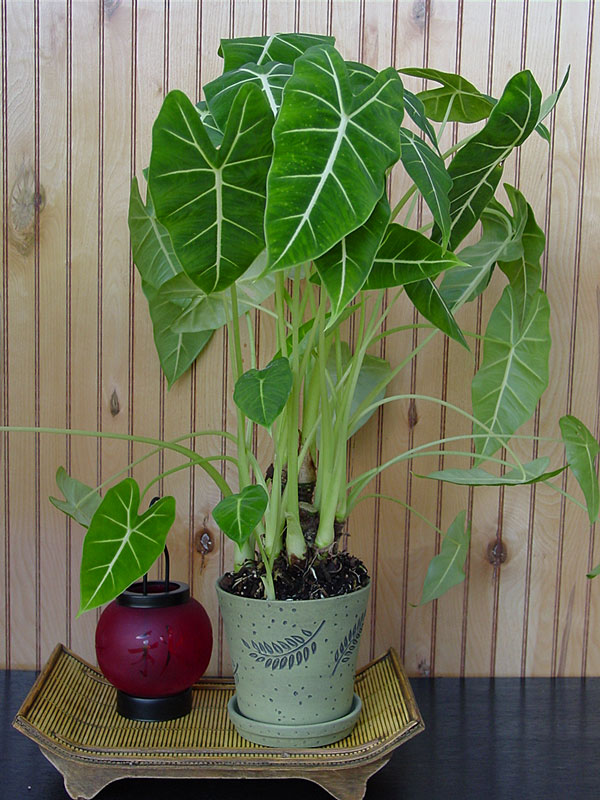
With big, elephant ear-like leaves, this Philodendron plant makes quite a statement. It is a low-light houseplant, thriving well in the shade and ideal for removing formaldehyde and airborne allergens, according to the famous NASA clean air study.
Chrysanthemum
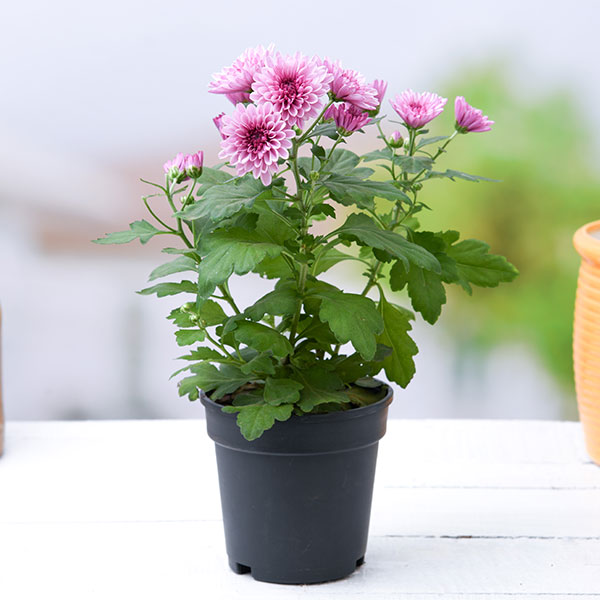
Chrysanthemums can grow indoors if you’ve got a sunny windowsill. These fall-flowering garden plants are capable of eliminating toxins like formaldehyde, ammonia, xylene, toluene, benzene, formaldehyde, and trichloroethylene from your home.
Aloe Vera
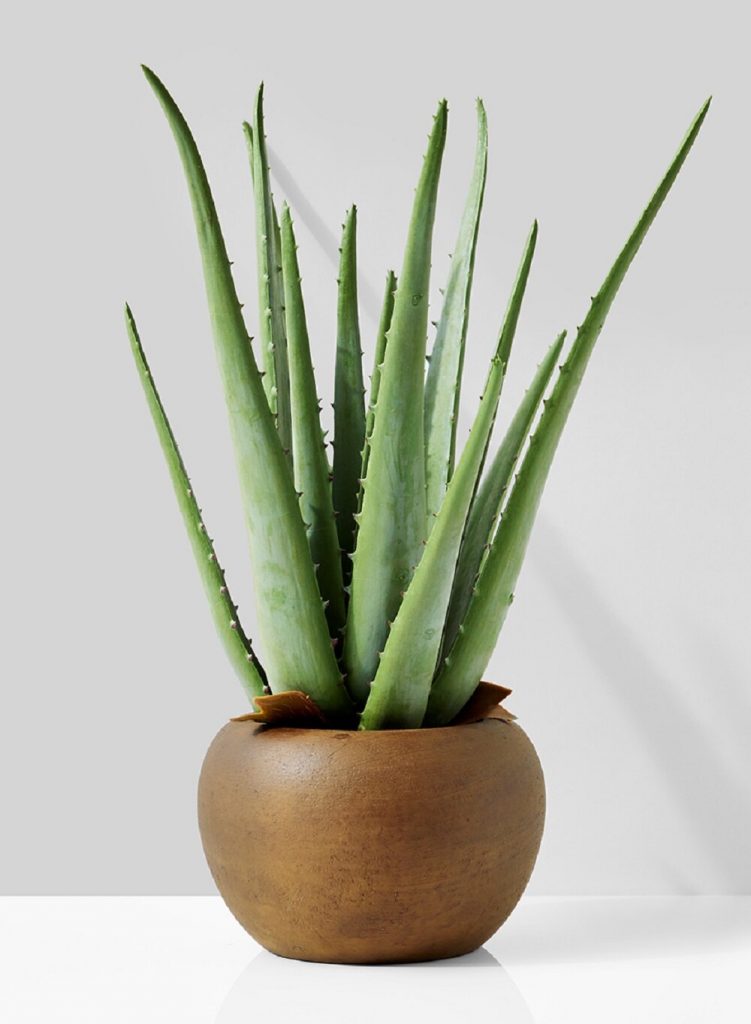
You must have heard about the many benefits of aloe vera! It is a popular medicinal succulent plant that not only beautifies your interior but also eliminates toxic compounds. In the research conducted by NASA, the plant successfully removed 1555 micrograms of Formaldehyde with a leaf area of 713 in a sealed experimental chamber.
Other Plants that Were the Part of the Study You Can Also Grow
Dwarf date palm, Boston fern, Kimberley queen fern, Flamingo lily, Parlour Palm, Lady Palm, Rubber plant, Dendrobium orchids, King of hearts, and Moth orchids were also part of the study.

